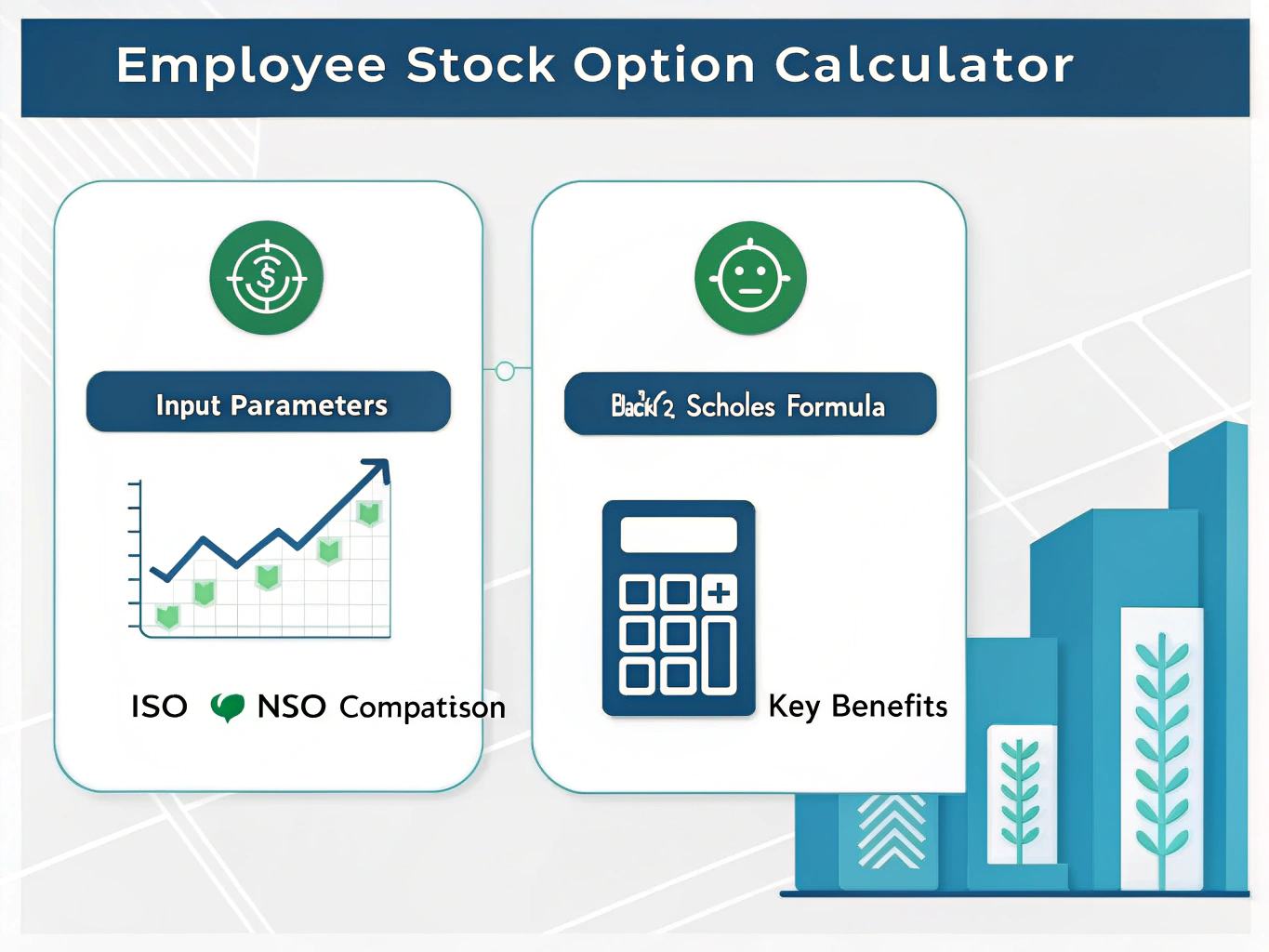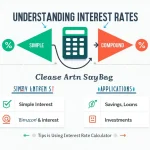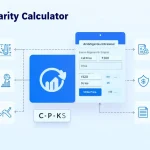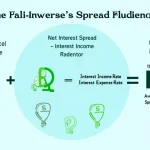Is this tool helpful?
How to Use the Employee Stock Option (ISO/NSO) Valuator Effectively
To calculate the value of your employee stock options, follow these steps:
- Current Stock Price ($): Enter the current market value of your company’s stock. For example, if you work at a publicly-traded tech company, you might enter $245.50 or for a pre-IPO startup, you might use the latest 409A valuation price of $15.75.
- Strike Price ($): Input the exercise price stated in your option grant agreement. This is typically the fair market value when the options were granted. Common examples might be $180.25 for mature companies or $5.50 for early-stage startups.
- Time to Expiry (Years): Enter the remaining time until your options expire, expressed in years. Most ESOs have a 10-year term from the grant date.
- Risk-Free Rate (%): Input the current risk-free interest rate, typically based on U.S. Treasury yields. For example, 3.75% for current market conditions.
- Volatility (%): Enter the expected stock price volatility. For public companies, this might be 35% based on historical data. For private companies, you might use 45% based on comparable companies.
- Option Type: Select either ISO (Incentive Stock Options) or NSO (Non-Qualified Stock Options).
Understanding Employee Stock Options Valuation
The Employee Stock Option Valuator uses the Black-Scholes model, the industry standard for option pricing. The core formula calculates two critical parameters:
$$ d_1 = \frac{\ln(S/K) + (r + \sigma^2/2)T}{\sigma \sqrt{T}} $$$$ d_2 = d_1 – \sigma \sqrt{T} $$Where:
- S = Current stock price
- K = Strike price
- r = Risk-free rate
- σ = Volatility
- T = Time to expiration
Benefits of Using the ESO Valuator
- Accurate valuation considering time value and volatility
- Automatic Alternative Minimum Tax (AMT) calculations for ISOs
- Instant comparison between ISO and NSO tax implications
- Strategic exercise timing insights
- Better financial planning for equity compensation
Practical Applications and Solutions
This tool addresses several key challenges faced by employees with stock options:
- Exercise Decision Making: Determine optimal exercise timing by understanding current option value
- Tax Planning: Calculate potential AMT impact for ISOs vs. regular income tax for NSOs
- Portfolio Management: Assess the risk-adjusted value of your equity compensation
- Negotiation Support: Evaluate new job offers including equity components
Real-World Examples
Example 1: Early-Stage Startup
Consider an employee at a growing startup with these parameters:
- Current Stock Price: $12.00
- Strike Price: $3.50
- Time to Expiry: 8.5 years
- Risk-Free Rate: 3.5%
- Volatility: 45%
- Option Type: ISO
Example 2: Public Company Grant
For a mature public company:
- Current Stock Price: $325.75
- Strike Price: $290.00
- Time to Expiry: 6.25 years
- Risk-Free Rate: 3.75%
- Volatility: 32%
- Option Type: NSO
Strategic Considerations
ISO vs. NSO Comparison
The tool helps compare the net benefit of different option types:
- ISOs offer potential tax advantages but require AMT consideration
- NSOs provide more flexibility but are subject to ordinary income tax
- Exercise timing can significantly impact total after-tax value
Volatility Impact
Higher volatility typically increases option value due to greater upside potential. Consider these factors:
- Market conditions and sector volatility
- Company growth stage and business model
- Competitive landscape changes
Frequently Asked Questions
What is the difference between ISOs and NSOs?
ISOs are typically offered to employees and provide potential tax advantages if specific holding requirements are met. NSOs can be granted to anyone and are taxed as ordinary income upon exercise.
How does the AMT adjustment work for ISOs?
The tool calculates a 28% AMT adjustment for ISOs, representing the potential additional tax liability when exercising ISOs. This helps in tax planning and exercise timing decisions.
When should I consider exercising my options?
Consider exercising when the current stock price significantly exceeds your strike price, and you’ve evaluated the tax implications. The tool helps quantify the trade-offs between immediate exercise and holding.
How does volatility affect option value?
Higher volatility typically increases option value because there’s more potential for the stock price to rise significantly before expiration. The tool incorporates this through the Black-Scholes volatility parameter.
Can I use this tool for multiple option grants?
Yes, you can analyze each grant separately by entering the specific parameters for each option package. This helps in developing a comprehensive exercise strategy.
How do changing market conditions affect option values?
Market conditions impact option values through stock price changes, risk-free rate adjustments, and volatility fluctuations. Regular revaluation using updated parameters helps inform exercise decisions.
Important Disclaimer
The calculations, results, and content provided by our tools are not guaranteed to be accurate, complete, or reliable. Users are responsible for verifying and interpreting the results. Our content and tools may contain errors, biases, or inconsistencies. We reserve the right to save inputs and outputs from our tools for the purposes of error debugging, bias identification, and performance improvement. External companies providing AI models used in our tools may also save and process data in accordance with their own policies. By using our tools, you consent to this data collection and processing. We reserve the right to limit the usage of our tools based on current usability factors. By using our tools, you acknowledge that you have read, understood, and agreed to this disclaimer. You accept the inherent risks and limitations associated with the use of our tools and services.







